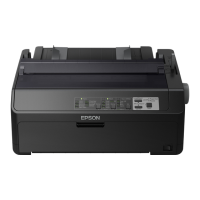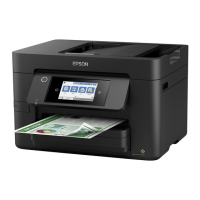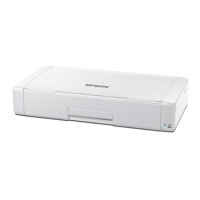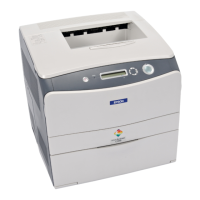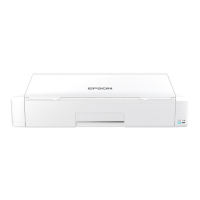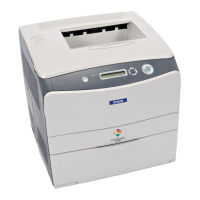Items Setting value and Description
Enable SNMPv3 SNMPv3 is enabled when the box is checked.
User Name Enter between 1 and 32 characters using 1 byte characters.
Authentication Settings
Algorithm Select an algorithm for an authentication for SNMPv3.
Password Enter the password for an authentication for SNMPv3. Enter between 8 and 32
characters in ASCII (0x20-0x7E). If you do not specify this, leave it blank.
Confirm Password Enter the password you configured for confirmation.
Encryption Settings
Algorithm Select an algorithm for an encryption for SNMPv3.
Password Enter the password for an encryption for SNMPv3.
Enter between 8 and 32 characters in ASCII (0x20-0x7E). If you do not specify this,
leave it blank.
Confirm Password Enter the password you configured for confirmation.
Context Name Enter within 32 characters or less in Unicode (UTF-8). If you do not specify this, leave it
blank. The number of characters that can be entered varies depending on the
language.
Related Information
& “Controlling Protocols” on page 30
& “Protocols you can Enable or Disable” on page 31
SSL/TLS Communication with the Printer
When the server certificate is set using SSL/TLS (Secure Sockets Layer/Transport Layer Security) communication to
the printer, you can encrypt the communication path between computers. Do this if you want to prevent remote and
unauthorized access.
About Digital Certification
❏ Certificate signed by a CA
A certificate signed by a CA (Certificate Authority) must be obtained from a certificate authority. You can ensure
secure communications by using a CA-signed certificate. You can use a CA-signed certificate for each security
feature.
❏ CA certificate
A CA certificate indicates that a third party has verified the identity of a server. This is a key component in a
web-of-trust style of security. You need to obtain a CA certificate for server authentication from a CA that issues
it.
❏ Self-signed certificate
Self-signed certificate is a certificate that the printer issues and signs itself. This certificate is unreliable and cannot
avoid spoofing. If you use this certificate for an SSL/TLS certificate, a security alert may be displayed on a browser.
You can use this certificate only for an SSL/TLS communication.
Network Guide
Security Settings
34
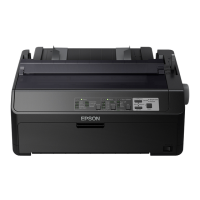
